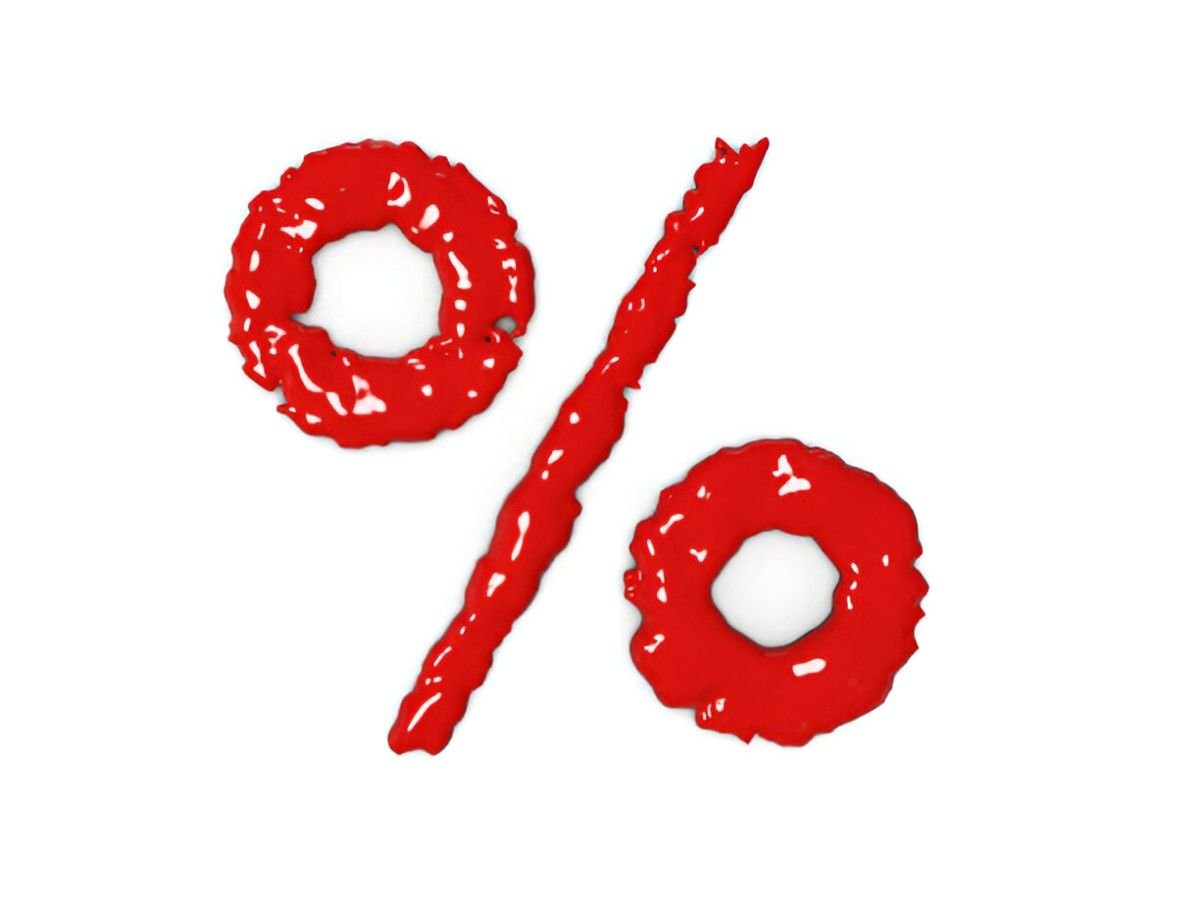Introduction
Interest rates play a central role in financial markets, influencing borrowing, lending, and investment decisions. One key theory explaining the determination of interest rates is the Liquidity Preference Theory, developed by John Maynard Keynes. This theory suggests that interest rates are determined by the demand and supply of money, with a strong emphasis on liquidity preferences of individuals and institutions. In this article, I will explore the Liquidity Theory of Interest Rates, its mathematical underpinnings, empirical applications, and its implications in modern financial markets.
Table of Contents
Understanding Liquidity Preference Theory
Liquidity Preference Theory posits that individuals prefer to hold liquid assets rather than interest-bearing securities. They are willing to part with their liquidity only if compensated with an interest rate. Keynes identified three motives for holding money:
- Transaction Motive – People need money for daily transactions.
- Precautionary Motive – Individuals and businesses hold money to cover unexpected expenses.
- Speculative Motive – Investors hold money to take advantage of future investment opportunities.
The speculative motive is particularly important in determining interest rates. Keynes argued that when interest rates are low, individuals prefer to hold cash rather than bonds, anticipating rates to rise. Conversely, when rates are high, they invest in bonds expecting rates to fall.
Mathematical Framework of Liquidity Preference Theory
The liquidity preference function can be expressed mathematically as:
M_d = L(T, P, S)where:
- M_d = Demand for money
- T = Transaction motive (function of income)
- P = Precautionary motive (function of income and economic uncertainty)
- S = Speculative motive (function of interest rates)
Keynes assumed the speculative demand for money is inversely related to interest rates:
M_s = f(r) , where \frac{dM_s}{dr} < 0
This means as interest rates rise, individuals reduce cash holdings and invest in bonds.
Equilibrium Interest Rate Determination
The equilibrium interest rate is determined where money demand equals money supply:
M_s = M_dIf the central bank increases the money supply ( M_s ), the interest rate ( r ) falls. Conversely, a reduction in money supply leads to higher interest rates.
Example Calculation
Suppose the money demand function is:
M_d = 100 - 5rand the central bank sets the money supply at 70. The equilibrium interest rate is found by equating money supply and demand:
70 = 100 - 5rSolving for r :
r = 6%Comparing Liquidity Preference Theory with Other Interest Rate Theories
| Theory | Main Idea | Strengths | Weaknesses |
|---|---|---|---|
| Liquidity Preference Theory | Interest rates determined by money supply and demand for liquidity | Explains short-term interest rate fluctuations well | Less effective in explaining long-term rates |
| Loanable Funds Theory | Interest rates determined by supply and demand for loanable funds | Considers savings and investment flows | Ignores speculative motives |
| Expectations Theory | Long-term rates are an average of expected future short-term rates | Explains yield curve dynamics | Assumes rational expectations, which may not hold in reality |
Implications for Monetary Policy
The Federal Reserve uses liquidity preference principles when setting monetary policy. By adjusting the money supply, the Fed influences short-term interest rates. For example:
- Expansionary policy: Increasing money supply lowers interest rates, stimulating investment.
- Contractionary policy: Reducing money supply raises interest rates, controlling inflation.
Criticism and Limitations
While Liquidity Preference Theory provides useful insights, it has limitations:
- It does not fully explain long-term interest rate movements.
- It assumes a simple inverse relationship between interest rates and money demand, which may not always hold in reality.
- Modern financial instruments, such as derivatives, complicate liquidity preference dynamics.
Conclusion
The Liquidity Theory of Interest Rates remains a foundational concept in monetary economics. It explains how individuals’ preferences for liquidity impact interest rate movements and guides central banks in policy decisions. Although it has limitations, it provides a strong framework for understanding short-term rate fluctuations. By applying this theory, we can better analyze financial markets and anticipate changes in interest rate policies.





